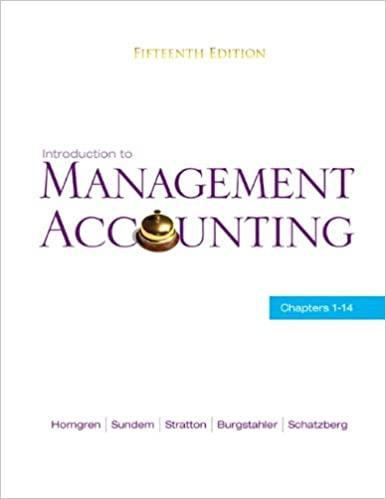Given the following information for Maynor Company in 2011, calculate the company's ending inventory, cost of goods sold and gross profit, using the following inventory costing methods, assuming the company uses a periodic inventory system: (Note: The sum of cost of goods sold and ending inventory might not add up due to rounding.)
| 2011 | | Units | Unit Cost | Total Cost |
| Jan 1 | Beginning Inventory | 28 | | $ | 60 | | $ | 1,680 | |
| Purchases | | | | | | | | | |
| March 28 | Purchase | 20 | | | 66 | | | 1,320 | |
| Aug 22 | Purchase | 38 | | | 70 | | | 2,660 | |
| Oct 14 | Purchase | 43 | | | 76 | | | 3,268 | |
| | | | | | | | | | |
| Goods Available for Sale | 129 | | | | | $ | 8,928 | |
| | | | | | | | | | |
| Sales | | | | Unit Sales Price | Revenue |
| May 1 | Sales | 43 | | $ | 100 | | $ | 4,300 | |
| October 28 | Sales | 38 | | | 100 | | | 3,800 | |
| | | | | | | | | | |
| Total Revenue | | 81 | | | | | $ | 8,100 | |
| | | | | | | | | | |
| a) | Weighted Average. (Round your intermediate calculations and final answers to 2 decimal places. Omit the "$" sign in your response.) | | | | | Ending inventory | $ | | Cost of goods sold | $ | | Gross profit | $ | | | | (b) | FIFO. (Omit the "$" sign in your response.) | | | | | Ending inventory | $ | | Cost of goods sold | $ | | Gross profit | $ | | | | (c) | LIFO. (Omit the "$" sign in your response.) | | | | | Ending inventory | $ | | Cost of goods sold | $ | | Gross profit | $ | | | | (d) | Specific Identification. (The ending inventory consisted of 20 @ $66; 19 @ $70; and 9 @ $76.) (Omit the "$" sign in your response.) | | | | | Ending inventory | $ | | Cost of goods sold | $ | | Gross profit | $ | | | |






